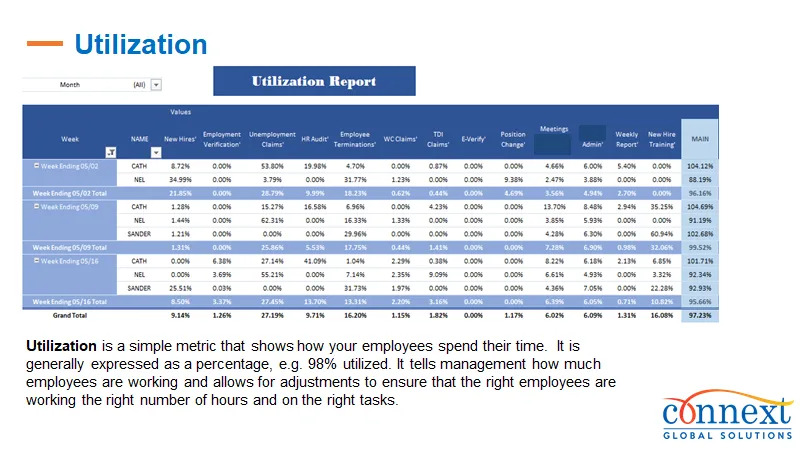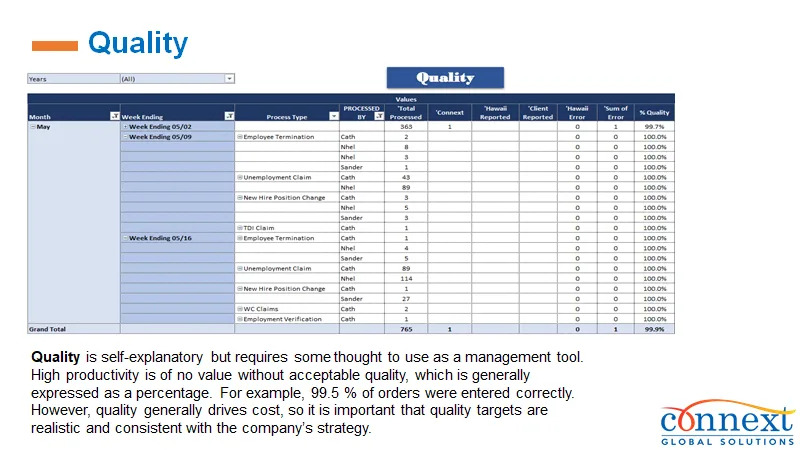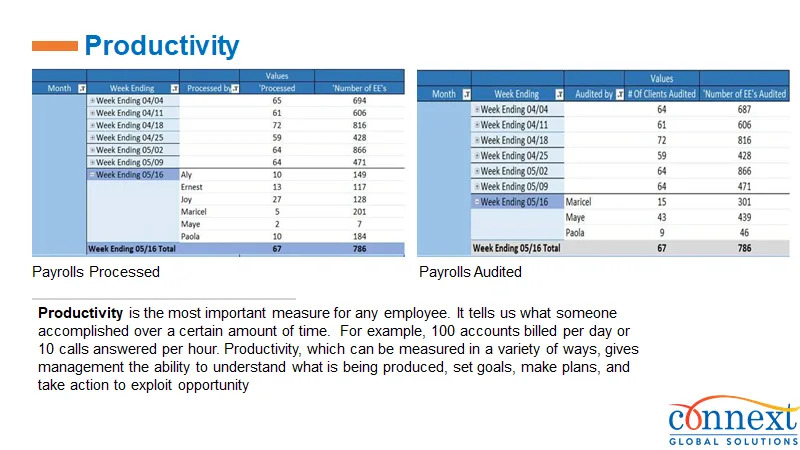Employee rebadging is one of the most important and misunderstood concepts in business process outsourcing (BPO). If your company is considering moving services to a new provider or consolidating teams, you need to understand what rebadging is, why it matters, and how to do it right.
In this article, we’ll explain the basics of employee rebadging, how it works in outsourcing transitions, and why a people-first approach leads to better retention, performance, and compliance.

What Is Employee Rebadging?
Employee rebadging is when employees are transferred from one employer to another, typically during a transition between outsourcing providers, shared services models, or internal reorganizations.
Think of it as changing the “badge” (or employer) on someone’s ID while keeping their job, responsibilities, and often their work location the same.

Common Scenarios Where Rebadging Happens
- A company moves its BPO work from Provider A to Provider B
- An internal department is outsourced to an external vendor
- A shared services center is created, centralizing roles from across the organization
- A global team is consolidated under a new entity or structure
In each case, rather than hiring a brand-new team, the new provider or employer rebadges the existing employees, transferring them over to maintain continuity.

Benefits of Rebadging in BPO Transitions
When handled well, rebadging offers benefits to clients, employees, and providers alike:
For Clients:
- Continuity: Retain domain expertise and avoid retraining
- Speed: No need to recruit an entirely new team
- Lower risk: Less disruption to business operations
For Employees:
- Job preservation: Retain their role, often with equal or better benefits
- Clarity: Structured pathway instead of uncertainty or layoffs
- Growth: Sometimes new employers offer better career paths
For Providers:
- Faster ramp-up: Onboard experienced talent with no learning curve
- Stronger delivery: Maintain productivity during transition
- Higher retention: Employees feel valued and supported

The Risks of Poor Rebadging
Unfortunately, rebadging is often done too quickly or with too little communication. This creates real risks:
- Attrition: Employees leave due to confusion, fear, or mistrust
- Compliance violations: Labor laws and contracts are mishandled
- Operational disruption: Key knowledge is lost, and quality suffers
At Connext, we’ve seen firsthand how a people-first, compliance-driven rebadging process leads to better outcomes. That means clear communication, legal alignment, and cultural onboarding, not just transferring payroll.

Is Rebadging Legal?
Yes, but it depends on how it’s done and where it’s done.
Each country has its own labor laws around employment transfers, benefits of continuity, and terminations. For example:
- In the Philippines, consent and proper notice are critical
- In the U.S., employee-at-will rules apply but benefits transitions require care
- In Europe, TUPE laws may protect employees’ terms and conditions
Always work with HR, legal, and payroll experts before starting any rebadging process.

How Connext Handles Employee Rebadging
At Connext, we approach rebadging as a human and legal transition. Our model focuses on:
✅ Transparent communications before and during the process
✅ One-on-one conversations with every affected employee
✅ Legal and payroll alignment to ensure compliance
✅ Onboarding and culture integration for long-term retention
We’ve helped companies transition entire departments (up to 30 people or more) without losing critical knowledge or morale.

Key Takeaways
- Employee rebadging is when workers transfer from one employer to another, often during outsourcing or organizational change.
- It offers benefits like continuity, retention, and faster ramp-up, if done right.
- Legal, payroll, and compliance must be carefully planned.
- A people-first approach ensures employees feel supported not discarded.
- Connext specializes in ethical, structured rebadging that preserves talent and trust.

Learn More:

Want help planning a compliant, people-first transition? Let’s talk.









